Where is everything? This project has just started!
- Arduino project idea
Turntable tonearm lifter - pause and automatically lift the turntable needle when the record is finished. - Local app server setup
Blynk server running locally with an admin panel. - Hardware device setup and bootstrapping
Connect the Arduino to a local app server.
To do:
- Android app setup and bootstrapping
- Writing and testing the Android app
- Publishing the app
There will be published logs covering the above and more. Follow this project above for updates.
 Richard Hogben
Richard Hogben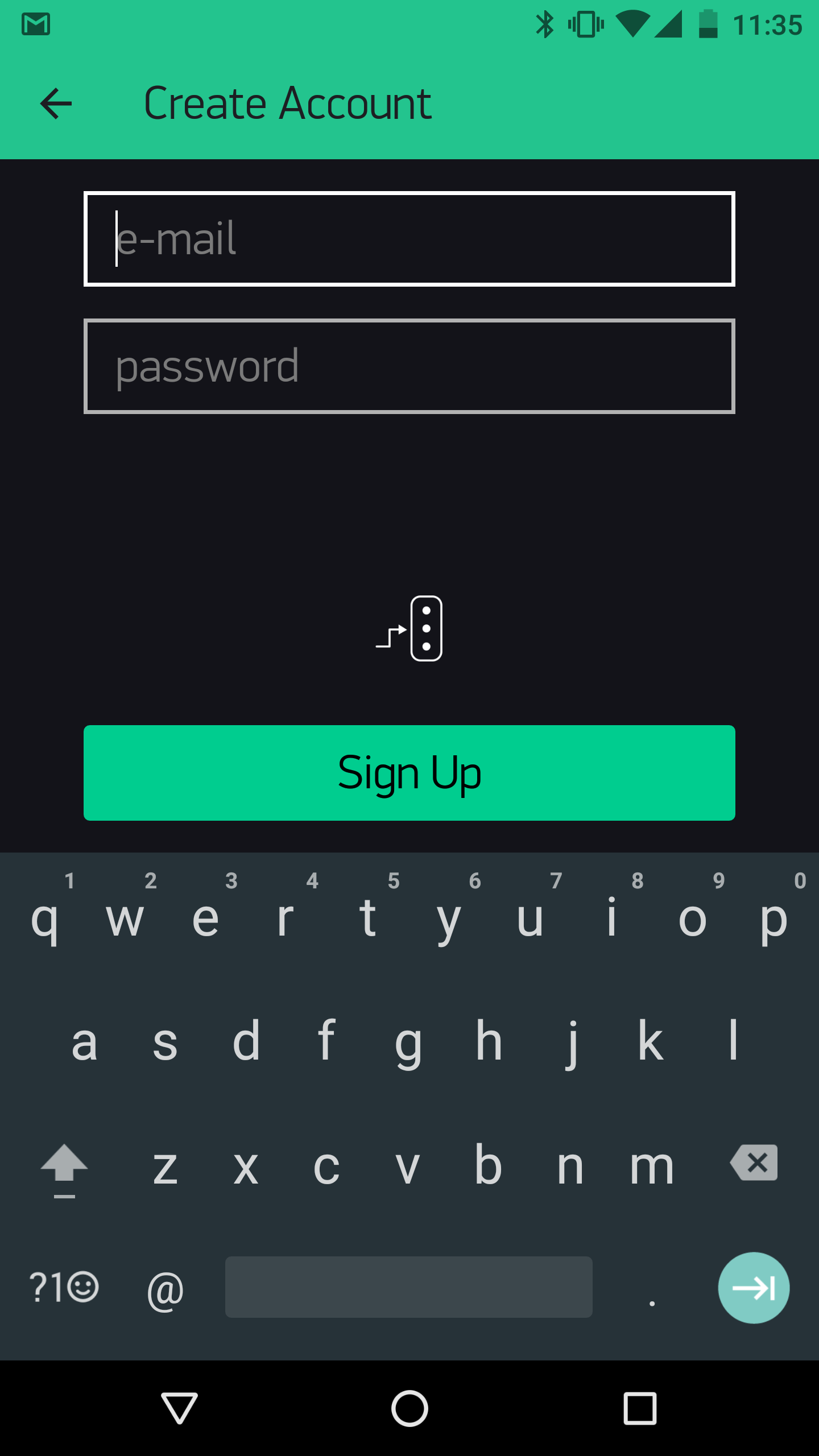
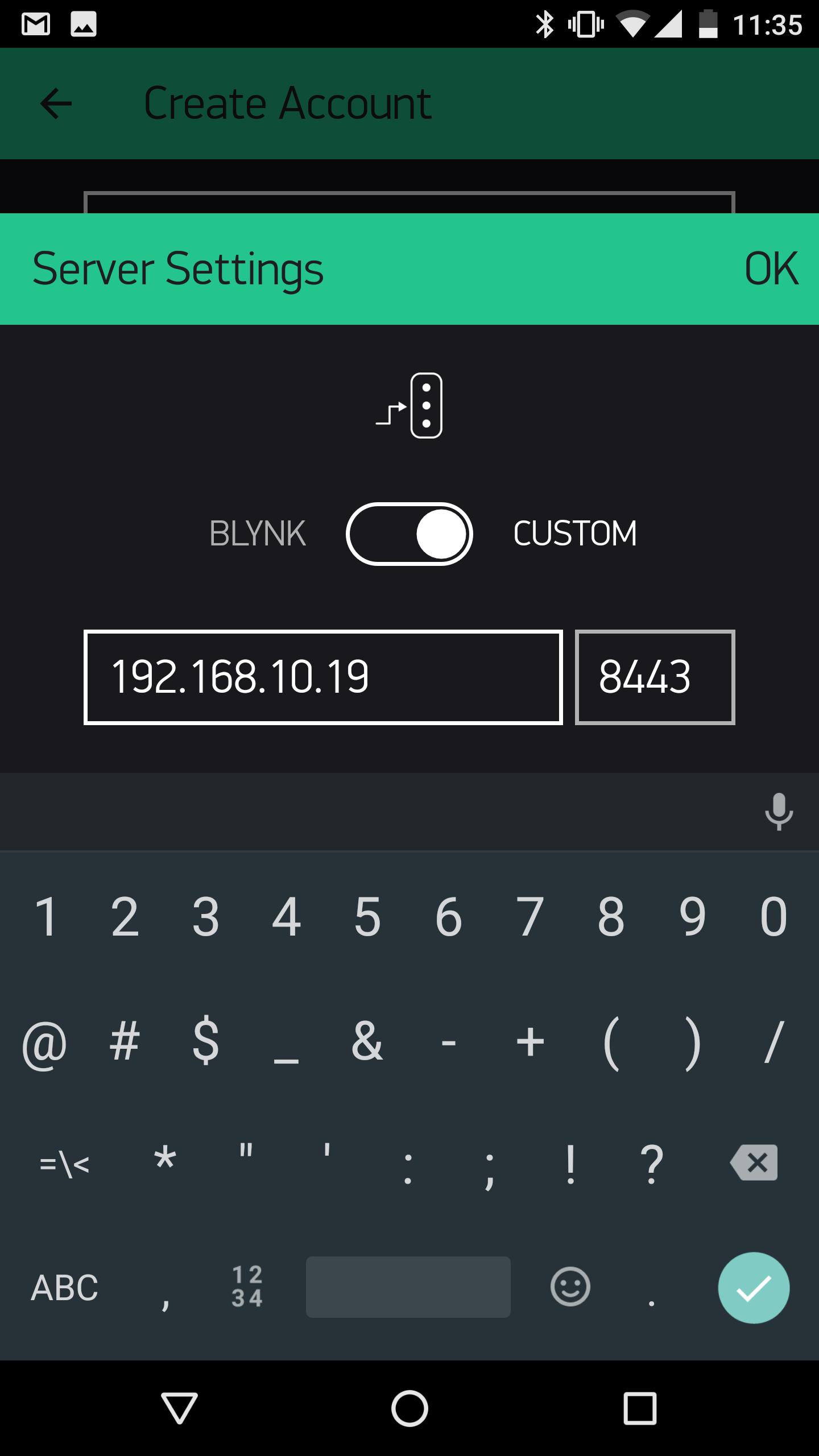
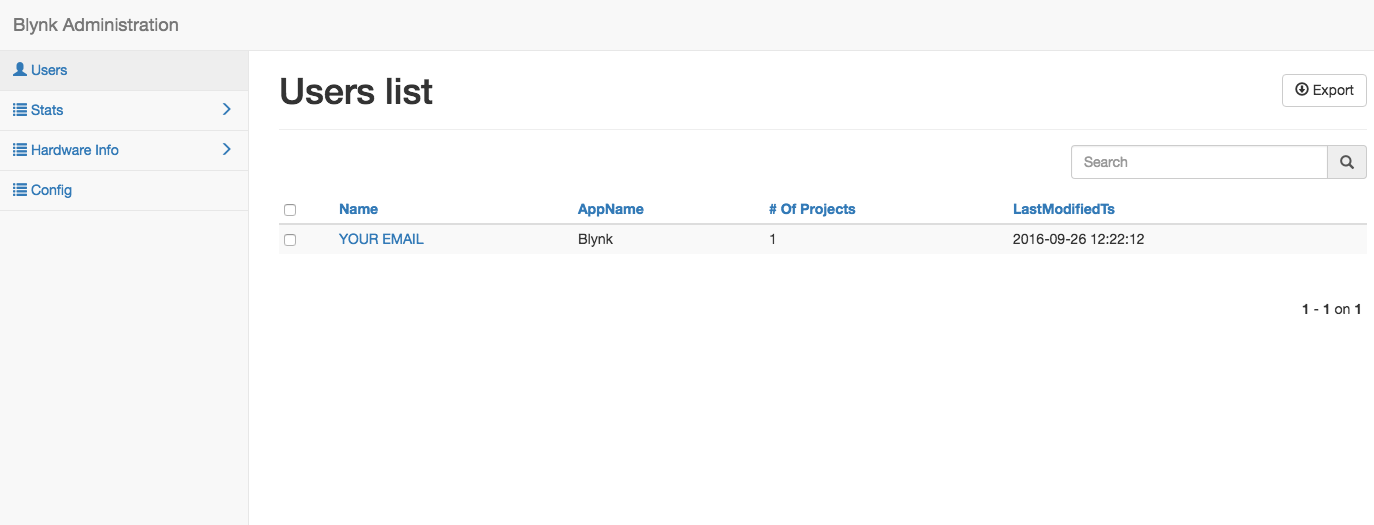
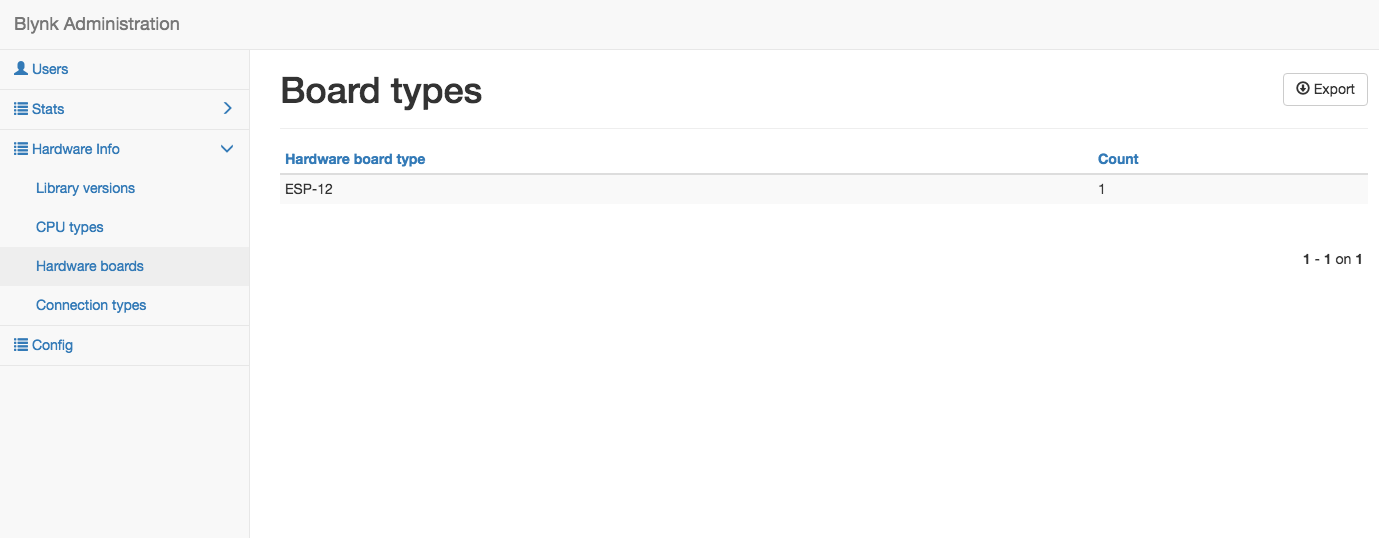
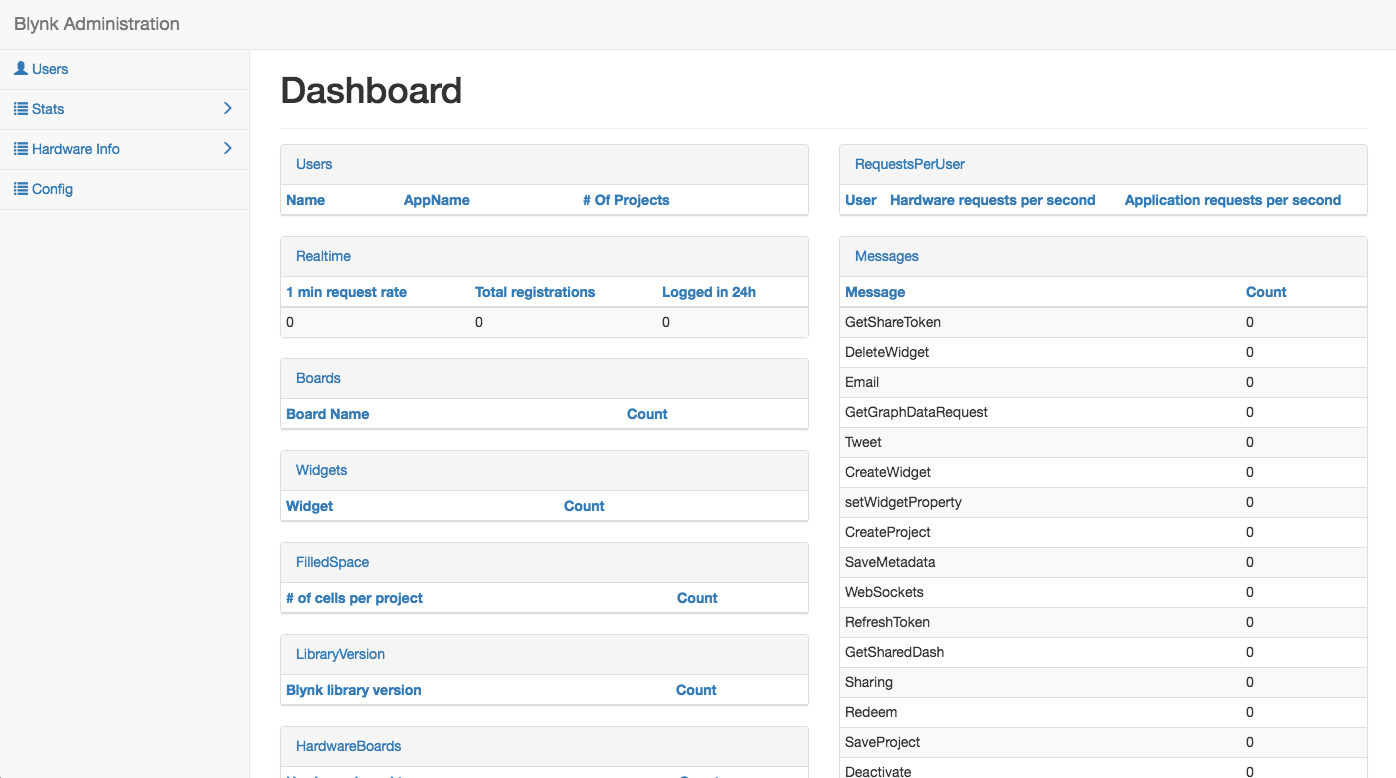
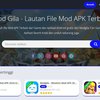

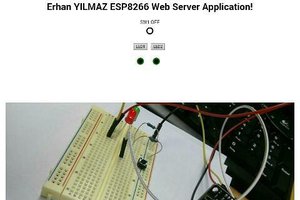
 erhanyilmaz.ytu
erhanyilmaz.ytu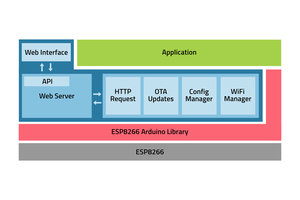
 Maakbaas
Maakbaas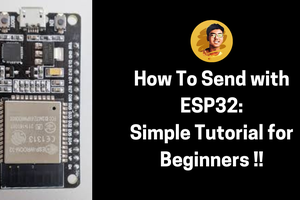
 Rohan Barnwal
Rohan Barnwal
i want to create an app based on my website. can someone help me in this regard. here is my website and name and link.
https://modgila.net/